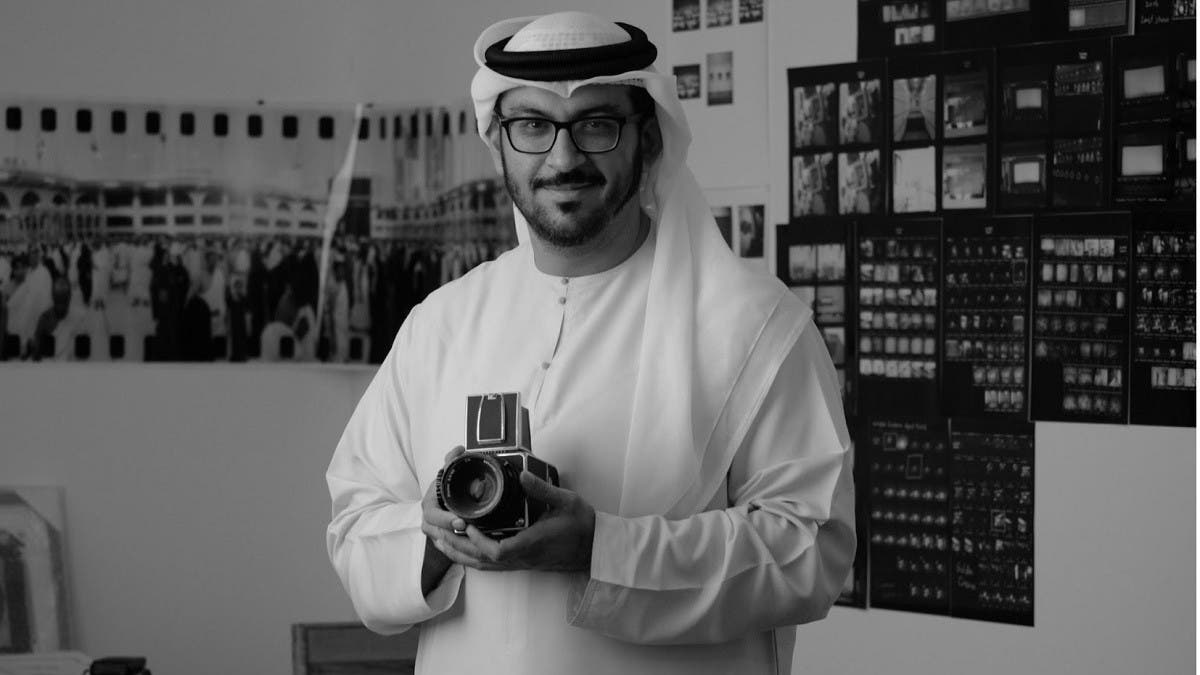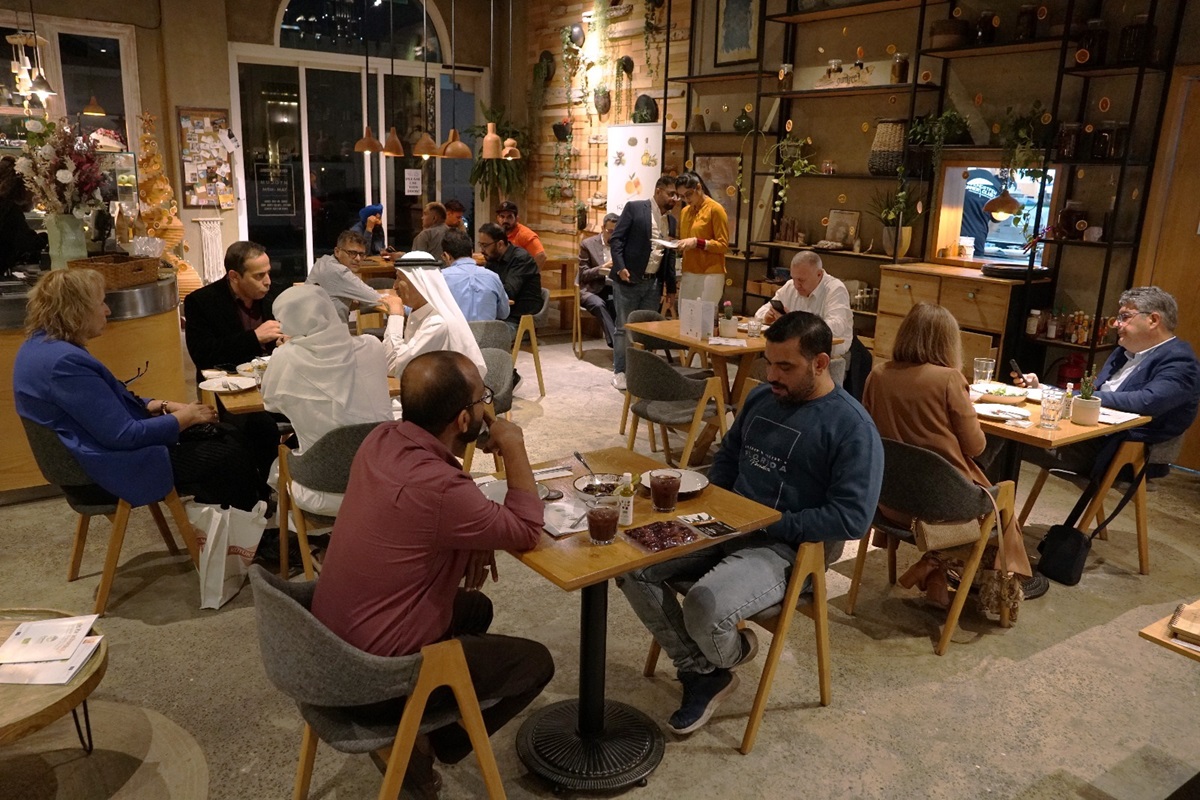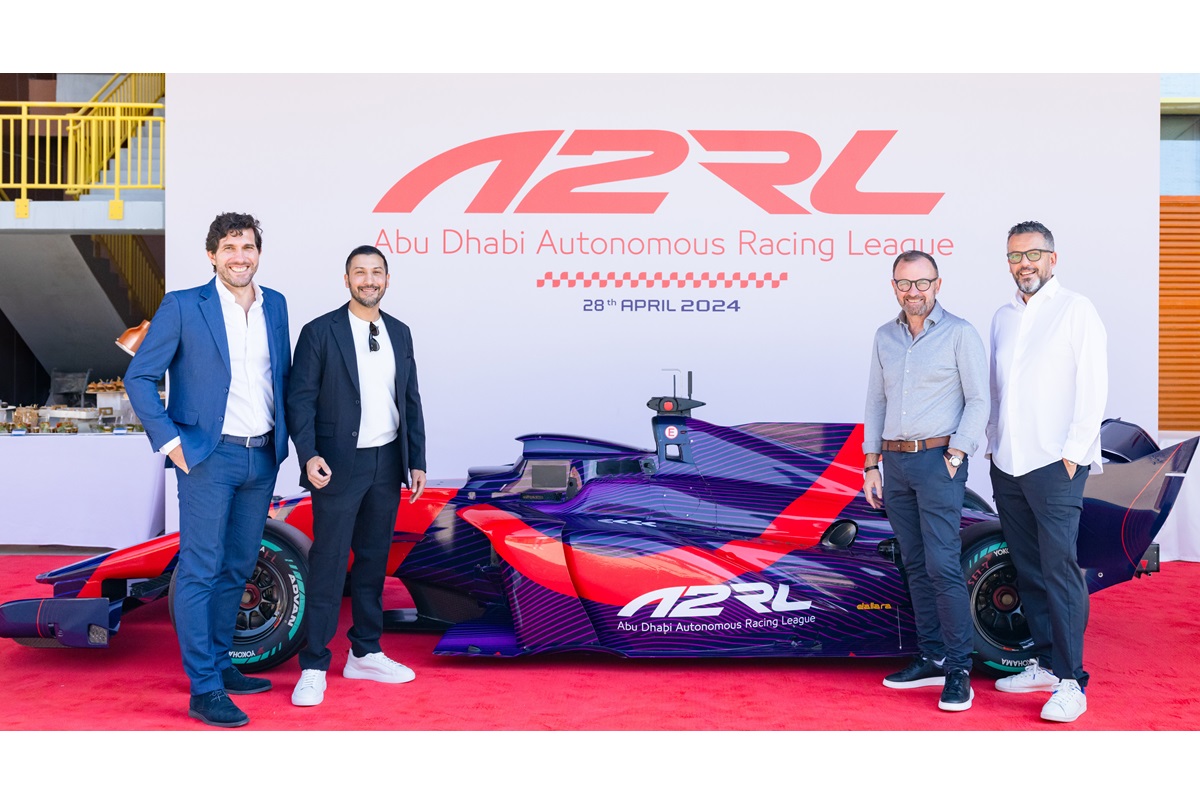UAE-based photographer and multi-media artist Ammar al-Attar continues to surprise art aficionados and critics by the trajectory of his latest body of work titled ‘Out of Range,’ currently exhibited at the Warehouse421 in Abu Dhabi.
The art shown in ‘Out of Range’ were done during al-Attar’s two years of ‘work from home’ during the pandemic – a period when the whole world experienced a sense of isolation and foreboding.
For the latest headlines, follow our Google News channel online or via the app.
A self-taught artist, Ajman-based al-Attar, who has a full-time government job in Dubai, used the free time during the pandemic to explore the natural environment of Sharjah, Khor Fakkan, Masafi, Fujairah, and also his family farm in Dhaid from late 2019 onwards.
He also used the period for more research and documentation and when he ventured outdoors, found himself interacting increasingly with the architecture in the areas he visited.
As an artist, al-Attar has focused on Emirati life and society, material culture, and geographic society. Those familiar with al-Attar’s practice for the past decade will notice that the performative aspect was already present in his earlier work like ‘Salah,’ [2016] – examining the Muslim act of prayer — even though his practice was at that time primarily focused on archival and documentary photography.
His work also takes inspiration from an earlier generation of Emirati land artists like Abdullah al-Saadi and Mohamed Ahmed Ibrahim, and the art practices of Mohammed Kazem and veteran late Hassan Sharif who pioneered performance art in the UAE. The latter also invented games, puzzles, and mathematical formula — creating playful procedures and rules of repetition that he termed “semi-systems.”
During the 2020 lockdown in the UAE, al-Attar found himself working from home, and the recognition crept in that he was feeling stale in his photography practice and that he needed to rethink his approach to his work.
Speaking to Al Arabiya English about the process of how the latest series ‘Out of Range’ happened, and how he benefited from the Artistic Development Exhibition Program at Warehouse421, al-Attar said: “I started thinking about doing Performance Art long back, but in late 2019 and early 2020 I took it seriously and tried to research more about Performance Art and its history. I had ideas in my mind and I started to implement it as performances in my studio as well as outdoors and started to document it with photography and video, and some with sound.”
He continued, “By the time I joined the Warehouse421 program, I had already a good amount of work that I could exhibit. However, I needed some mentoring on selection and writing about it. The Artistic Development Exhibition program with Warehouse 421 helped me in selecting an international mentor — Louise O’Kelly, Director of Block Universe in London — on Performance Art.”
According to al-Attar, “The meetings that I had with her were a great way to contain and select the work that has been shown in the exhibition. Also, the space and budget from Warehouse421 were an important factors in helping me to exhibit these works that I had produced in the last couple of years.”
Regarding his plans in terms of artistic projects in the immediate future, Ammar said: “I’m currently working on more performances and also trying to introduce new elements from the Middle East culture and communities.”
In ‘Out of Range,’ al-Attar’s performance art makes use of his own body in helping him create – drawing circles, squares, and lines, and also crawling, and jumping.
Most of al-Attar’s works in the present solo show are a critique of mindless labor – the tools and repetitive tasks of office. The viewer is drawn into the work by the sound of the cutting, stamping, and the movement of the materials involved.
While some of these actions mimic the office environment and work routine, there are also performances that test the limits of his own body, as well as show him interacting with his natural environment.
In ‘Jumping 1,’ al-Attar tries jumping into an abandoned water tank, testing the strength of his legs to bear the weight of his body. The video and still photos show pain and physical vulnerability and the transformation through suffering.
In ‘Circle 2,’ al-Attar draws the largest circle he can draw over and over again, standing before a wall while staying in the same place. The whole repetitive process is guided by the body, and is mentally and physically tiring.
In ‘Circle 1,’ he draws a circle around himself, repeating the motion until he loses his balance and falls. The viewer is drawn into the action and the inevitable limits of that movement leading to the fall.
In ‘Square 1,’ the artist draws a square on a slightly raised cement platform.
In ‘Line1,’ al-Attar draws a short line on a sheet of paper with a marker pen and repeats the process for a long time – an action that is boring and difficult.
In ‘Line2,’ he stands before a large cement wall, in the open, to draw a long line and repeats the process over and over till it becomes a thick line.
In ‘Cut 1,’ al-Attar uses scissors to cut a reel of ribbon into smaller pieces, and in ‘Stamping 1,’ he uses an official-looking stamp to stamp repetitively on sheets of paper; while in ‘Stamping 2,’ he does it on a bare cement wall, covering the whole area in the process.
Al-Attar surprises his viewers by not sticking to mundane indoor acts and goes on to engage with nature at its most elemental when he takes his experiments into the outdoors.
‘Covering 1’ is dramatic in the sense that al-Attar sets out determined to immerse himself in “site-specific contexts.”
The outdoor site he selects is a large water basin, which was part of an abandoned irrigation system. Al-Attar drills metal rivets across the top in order to weave black fabric to cover the top of the basin, but the strength of the wind frustrates his efforts. The rivets get pulled out and the fabric flutters in the air. Untangling and reweaving the cloth also proves difficult. It is both a failure and triumph as the artist himself “becomes the central tool for his performance.”
The performance ‘Moving 1’ tests the limits of al-Attar’s body as he crawls along an abandoned ‘falaj’ (ancient Emirati irrigation system) to mimic the movement of water. The plant waste, thorns, and gravel scar and bruise his body, and the film’s audio captures his agony.
Determined, al-Attar records his progress through the ‘falaj’ in a single take. The land and the environment test his physical capability to its limits.
“While at first glance, it might appear that Ammar [al-Attar] is producing meaningless acts in indoor spaces, these sites serve to comment on broader societal changes to culture and tradition, the human condition, as well as the social, political and environmental realities that comprise the context,” Faisal al-Hassan, Head of Warehouse421, commented in his essay.
Al-Hassan in his foreword to the catalogue, wrote that al-Attar’s ‘Out of Range’ “pushes each of us to reflect on aspects of our own daily experience.”
He also noted that the artist has discovered performance arts “to be a powerful vehicle for his growing critique of the potential lack of meaning and purpose that can arise in response to the performance of repetitive tasks.”
Al-Hassan also remarked that al-Attar’s work has “clearly left his own mark on the program itself by challenging us to broaden our self-imposed horizons and to draw from the expansive learning and acts of personal development that are so prominent in his practice.”
The ‘Out of Range’ exhibition runs at Warehouse421 till May 8, 2022.
Read more:
Warehouse421 launches curatorial development exhibition program open call for MENASA
Sharjah Biennial 15 in early 2023 to feature 140 artists from more than 70 countries
UAE unveils new installation by Emirati artist Mohamed Ibrahim at Venice Biennale


 World2 years ago
World2 years ago
 World2 years ago
World2 years ago
 Entertainment7 years ago
Entertainment7 years ago
 World7 years ago
World7 years ago
 Entertainment7 years ago
Entertainment7 years ago





